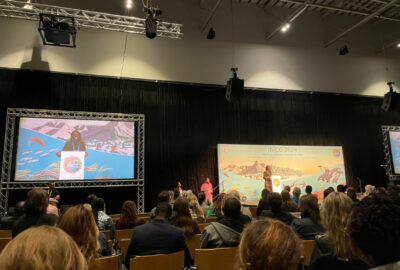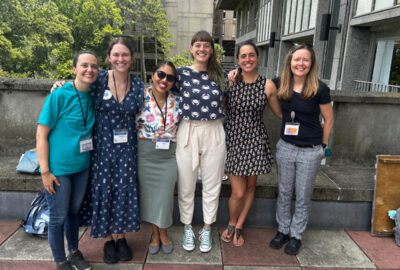Strengthening the Coexistence Between Sea Turtles and Coastal Communities in the Yucatán Peninsula
Melania Lopez and her team at Pronatura Península de Yucatán A.C. are protecting hawksbill sea turtles along Mexico’s Yucatán peninsula. Learn more about their work, which is supported in part by our Marine Conservation Action Fund.

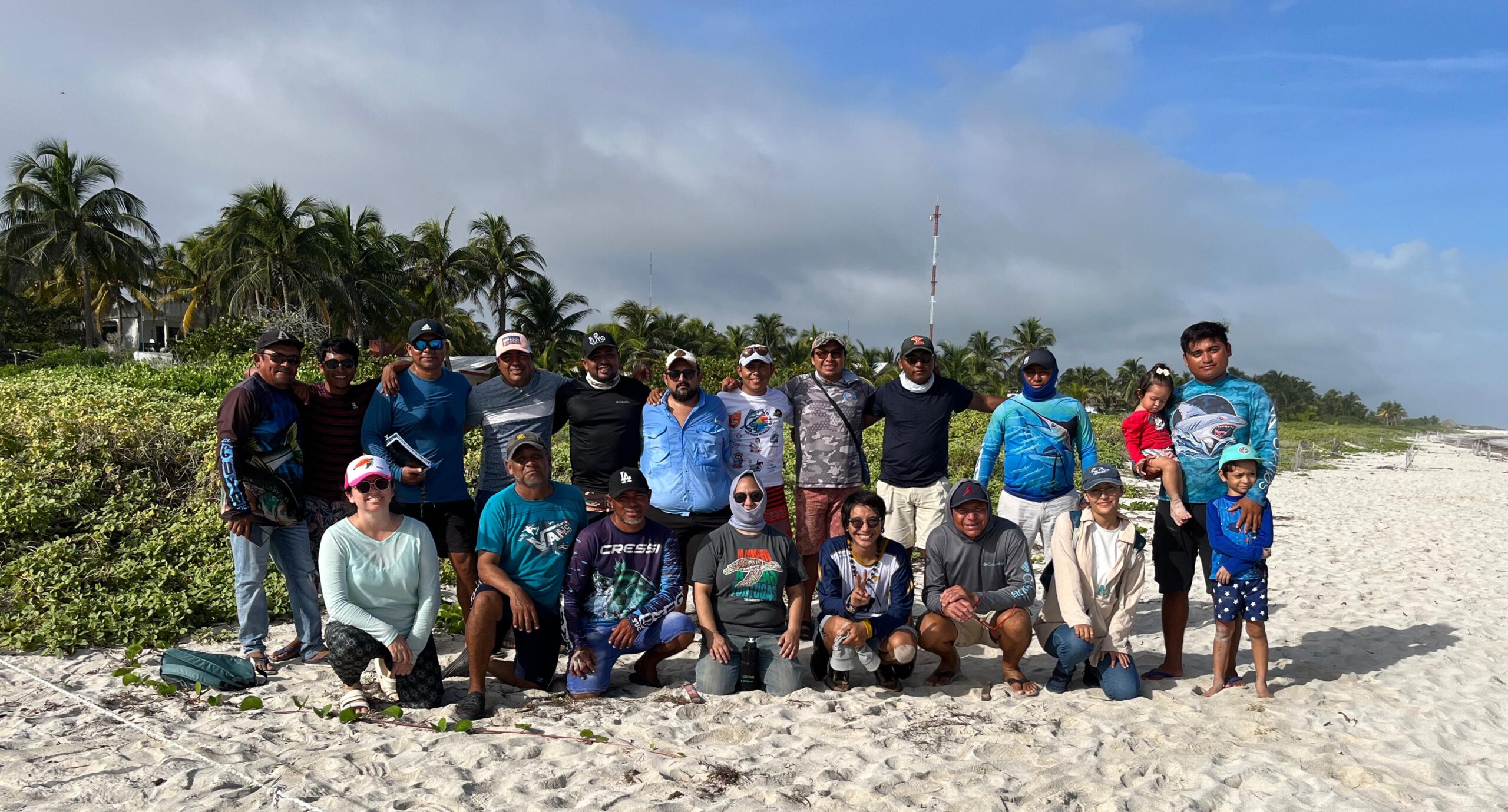
By Melania Lopez
This post is one of a series on projects supported by the New England Aquarium’s Marine Conservation Action Fund (MCAF). Through MCAF, the Aquarium offers multi-faceted support to leaders from low- and middle-income countries who are spearheading community-based ocean conservation initiatives.
Sea turtles have graced our oceans for millions of years, surviving the rise and fall of countless other species. Yet, today, they face significant threats due to overfishing, bycatch, illegal trafficking, and plastic pollution. For these ancient mariners, protecting their nesting sites is crucial to their survival. Sandy beaches worldwide serve as their nurseries, where the next generations begin their journey.
In the Yucatán Peninsula, many of these vital nesting sites are shared by people who depend on the same beaches for recreation, fishing, and tourism. El Cuyo, for instance, is not just a haven for hawksbill and green turtles—it’s also a growing tourism hotspot that provides income for local families. While tourism boosts the local economy, its rapid growth brings challenges, such as increased foot traffic, habitat degradation, and disturbances to nesting turtles.
So, how can we ensure sea turtles and coastal communities can thrive together?
A Sustainable Path Forward
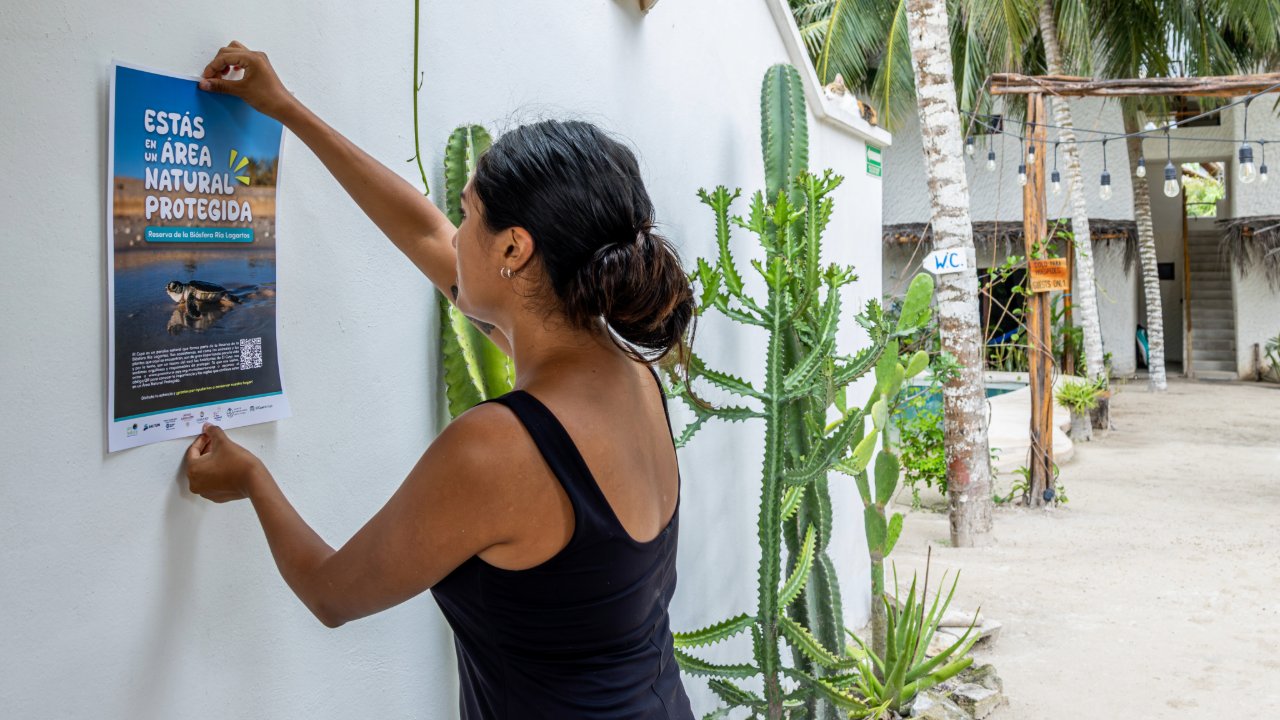
To tackle these challenges, our team has partnered with the community to develop sustainable tourism practices. By working closely with local tourism service providers, we’ve created educational campaigns to inform visitors about the importance of protecting El Cuyo’s biodiversity and respecting the rules that reduce tourism’s impact. From eye-catching posters in hotels to videos shared on social media, these efforts ensure visitors leave with a deeper appreciation for the area’s natural treasures.
Additionally, we’ve trained local nature guides, equipping them with knowledge about coastal dunes, sea turtles, and sustainable tourism practices. These guides now play a crucial role in educating visitors while ensuring the ecosystem remains intact.
Restoring the Dunes
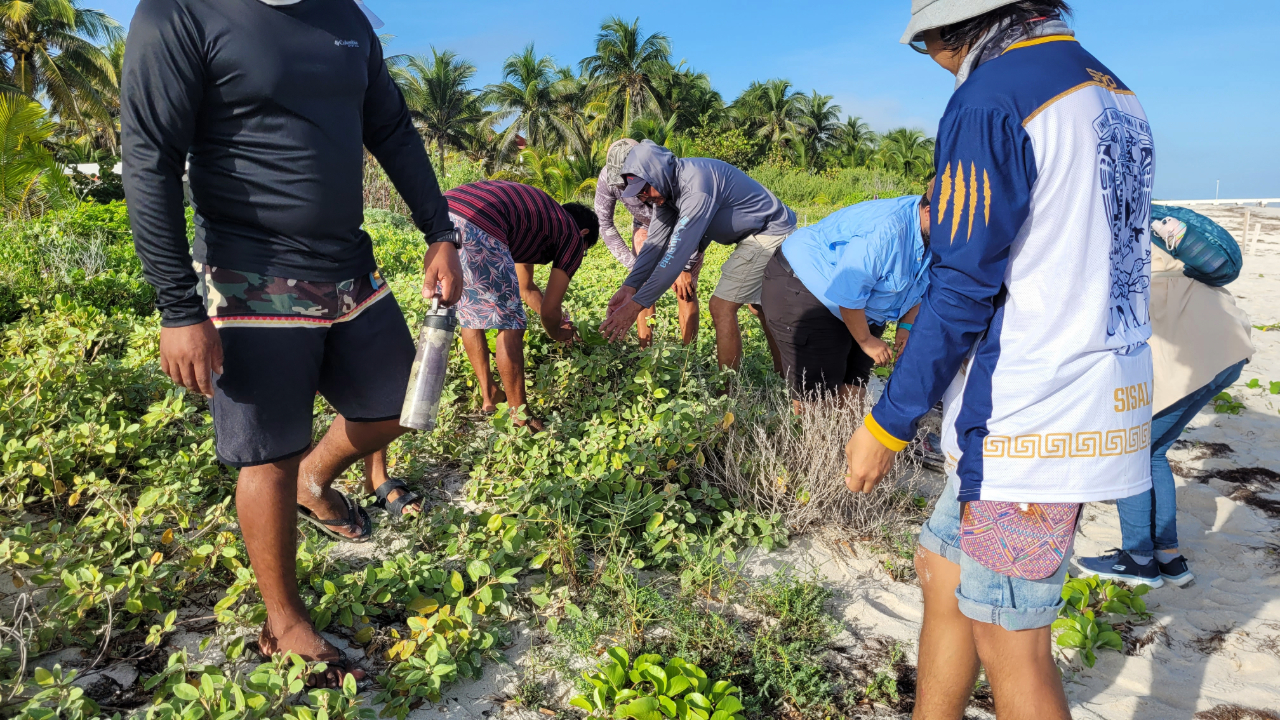
One of our most critical efforts is restoring the coastal dunes. These natural barriers protect communities from tropical storms and serve as key nesting habitats for sea turtles. By involving locals in restoration efforts and emphasizing the dual benefits of dune health—protection from storms and conservation of wildlife—we aim to foster a sense of shared responsibility.
The Road Ahead
The journey to balance tourism and conservation isn’t easy, but it’s vital. When coastal communities adopt low-impact tourism models, they protect their natural resources while sustaining their livelihoods. By empowering local residents and fostering coexistence between humans and turtles, we’re ensuring a brighter future for both.
Sea turtles are more than just ancient creatures of the ocean—they are symbols of resilience. Their survival depends on our collective efforts to create harmony between their world and ours. Together, we can make the Yucatán Peninsula a shining example of coexistence, where humans and wildlife thrive side by side.
If you’re planning a visit to El Cuyo, remember: every small action matters. Follow the local guidelines, support eco-friendly businesses, and leave the beach as pristine as you found it. Together, we can make a difference!


